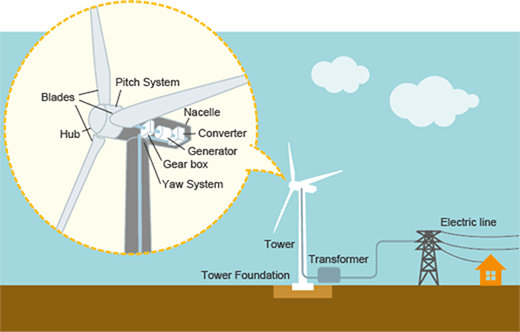Wind Energy Basics
Wind energy is generated by harnessing the power of the wind to spin turbines, which convert kinetic energy into electrical energy. Wind turbines typically consist of a tower, blades, and a nacelle, which contains the generator and other components. When the wind blows, the blades of the turbine rotate, spinning the generator and producing electricity.
Benefits of Wind Energy
One of the primary benefits of wind energy is that it is a clean and sustainable energy source. Unlike fossil fuels, which release greenhouse gases and contribute to climate change, wind energy produces no emissions and has a minimal environmental impact. Additionally, wind energy is abundant and widely available, making it a promising option for meeting our energy needs.
Wind energy is also cost-effective, with the cost of wind energy decreasing rapidly in recent years. In many parts of the world, wind energy is now competitive with traditional fossil fuel sources of energy, making it a viable option for power generation.
Finally, wind energy can also have economic benefits, such as job creation and increased economic activity in rural areas where wind farms are often located.
Challenges of Wind Energy
While wind energy has many benefits, there are also some challenges associated with its use. One of the primary challenges is that wind is an intermittent source of energy, meaning that it is not always available. Wind speeds can vary depending on weather conditions, and this can affect the amount of energy that wind turbines are able to produce.
Another challenge is that wind turbines can have an impact on wildlife, particularly birds and bats. However, studies have shown that the impact of wind turbines on wildlife is generally low, and steps can be taken to mitigate any potential negative effects.
Finally, there can be some local opposition to the development of wind farms, particularly in areas where they are visible or located near residential areas. However, studies have also shown that wind farms are generally well-received by local communities, particularly when they involve community ownership and benefit-sharing.
Conclusion
Wind energy is a promising source of renewable energy for power generation, with many benefits for the environment, the economy, and society. While there are some challenges associated with the use of wind energy, these can be mitigated through careful planning and development. By continuing to invest in wind energy and other renewable energy sources, we can create a more sustainable and resilient energy system for the future.


